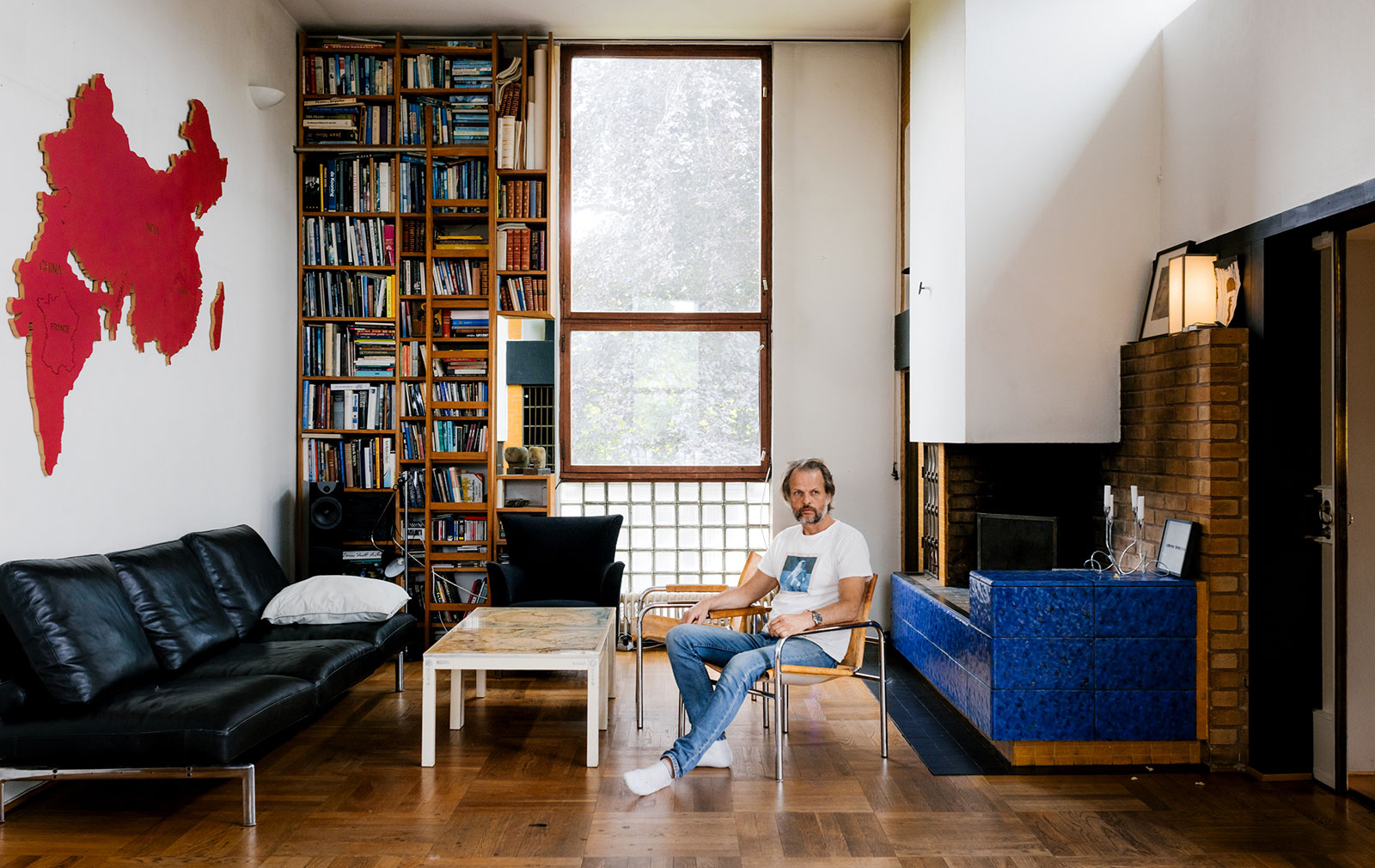Explorer Erling Kagge might be best known for trekking the frozen tundras of the Arctic, but these days he’s swapped his snow boots for more cerebral adventures.
The Norwegian – the first to reach all three of the Earth’s poles, including south, north and the elusive peak of Mount Everest – is now conquering book publishing and art collecting.
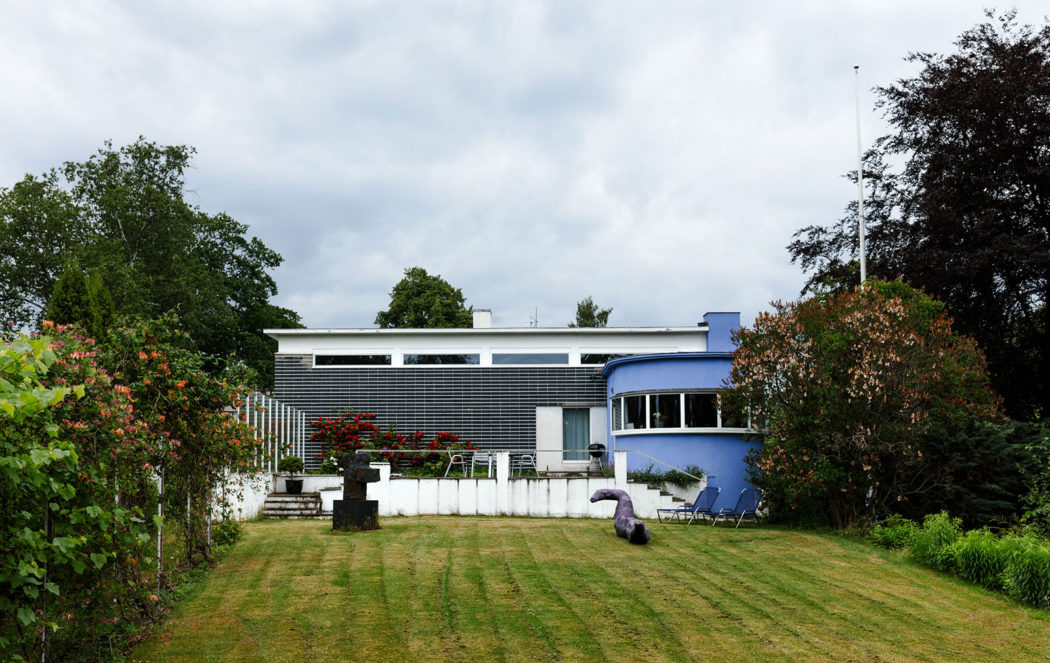
Villa Dammann, designed by Arne Korsmo and Sverre Aasland in 1932, is one of Oslo’s best preserved examples of Norwegian Functionalism. Photography: Thomas Ekström
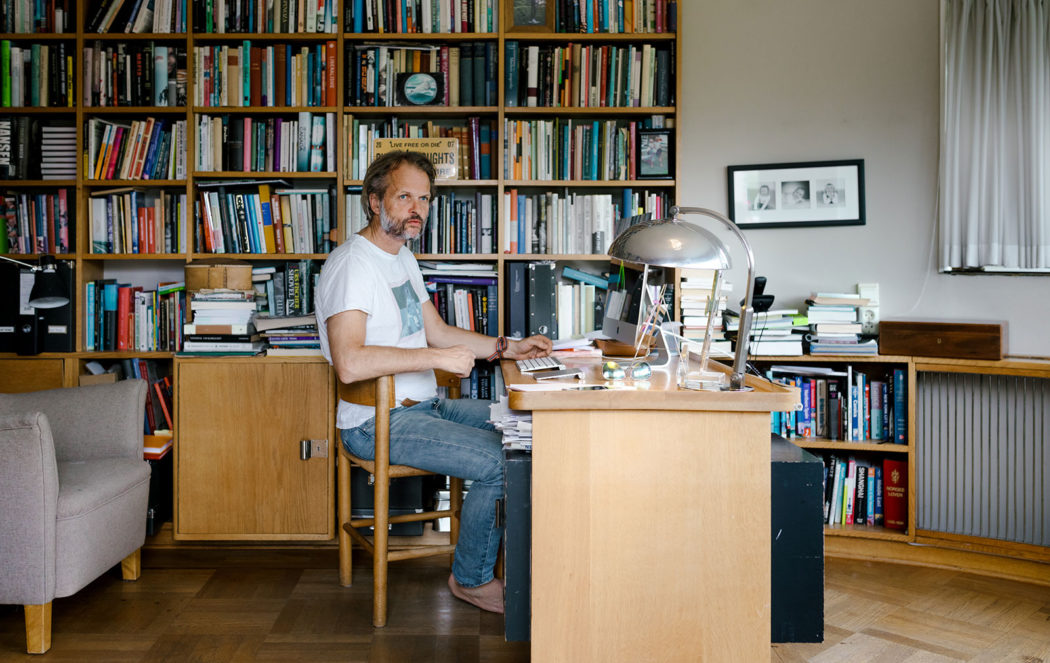
The built-in desk and shelving in Kagge’s study were designed by the original architects. Photography: Thomas Ekström
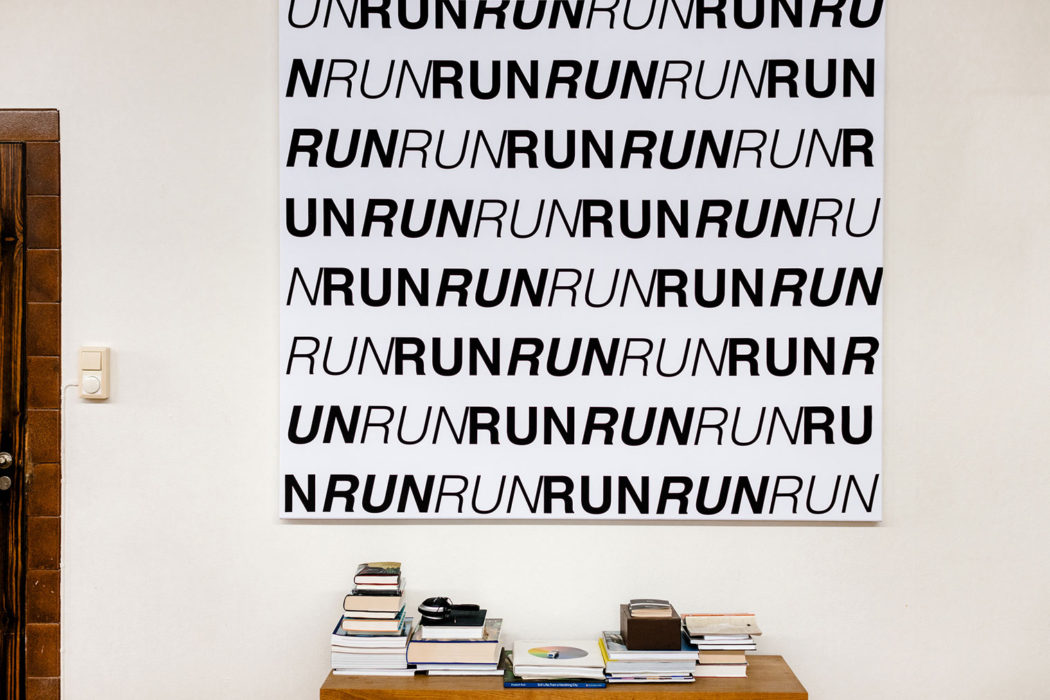
An artwork by Carl Holmquist. Photography: Thomas Ekström
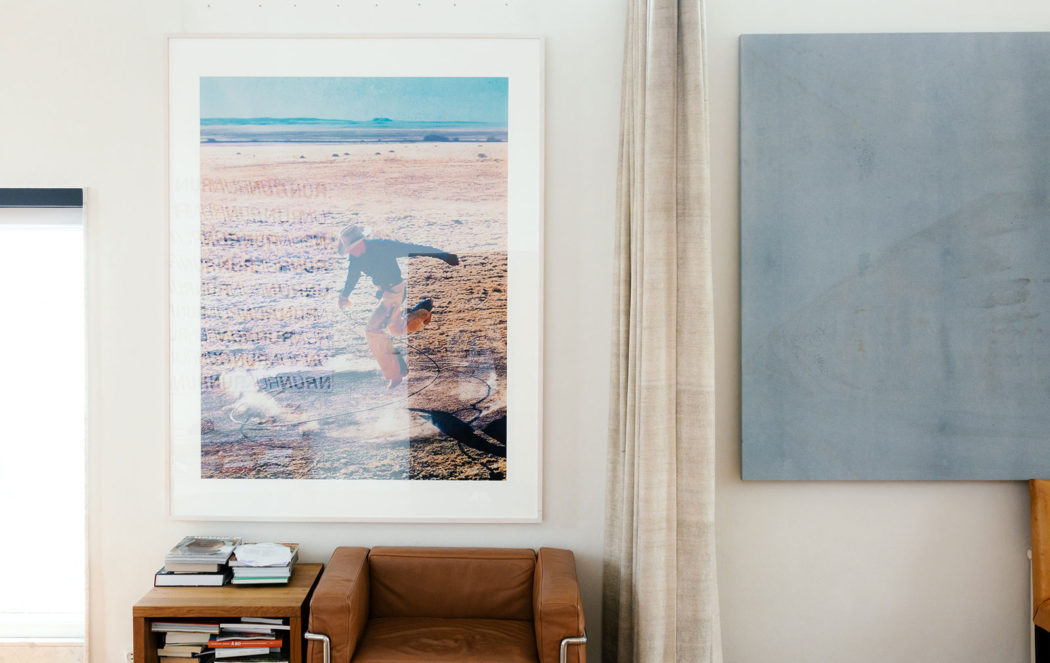
Artworks by Richard Prince and Fredrik Værslev. Photography: Thomas Ekström

The bonnet of Kagge’s Rolls Royce is crowned with a sculpture by Franz West. Photography: Thomas Ekström

A bust brought by the original owner of the house. Photography: Thomas Ekström
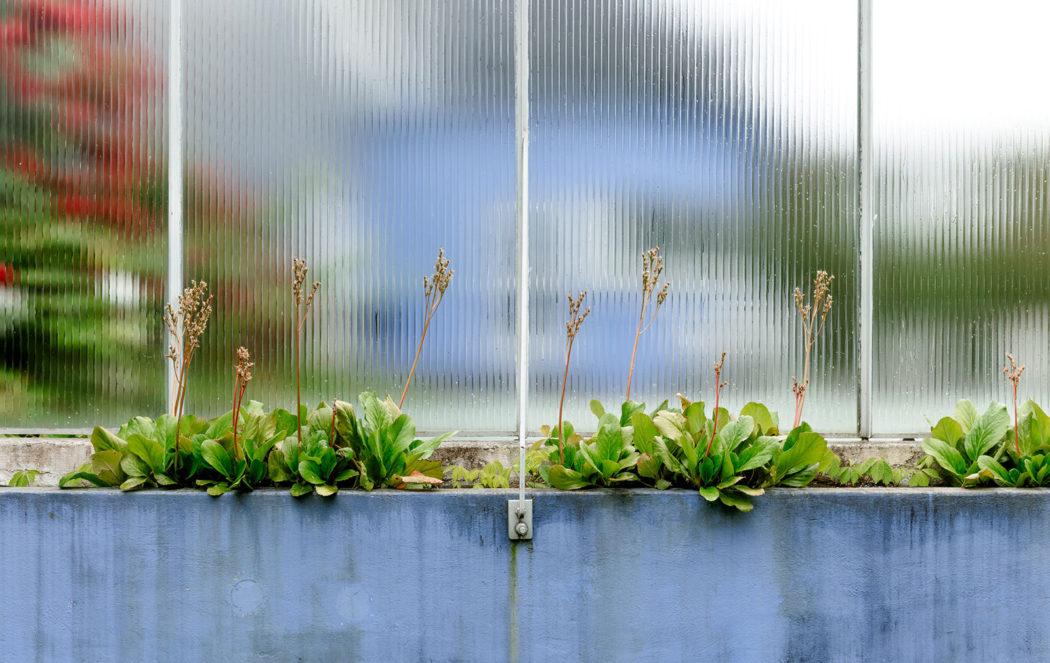
An exterior detail. Photography: Thomas Ekström
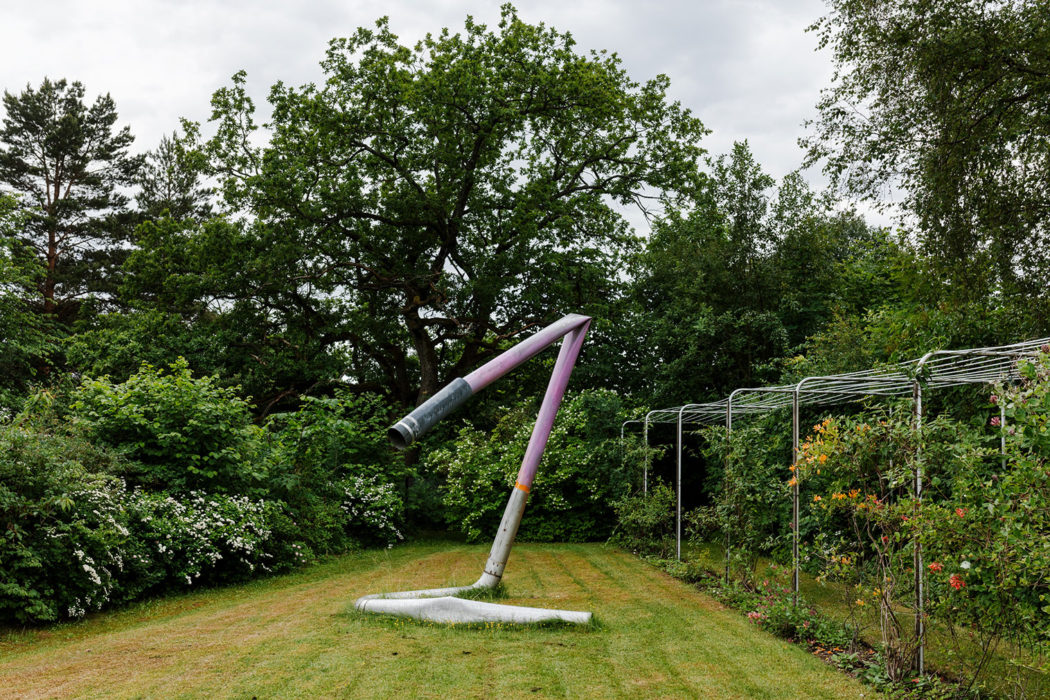
‘Mr. Maccarone’ sculpture, by Mark Handforth, 2008. Photography: Thomas Ekström
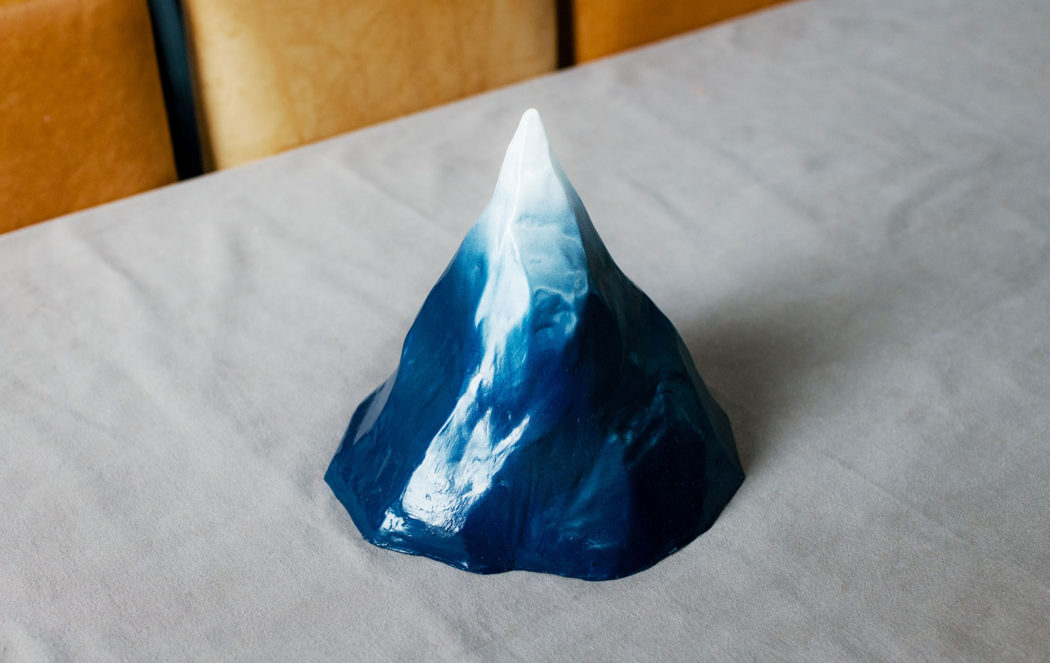
‘The Blue Mountain’, by David Shrigley. Photography: Thomas Ekström
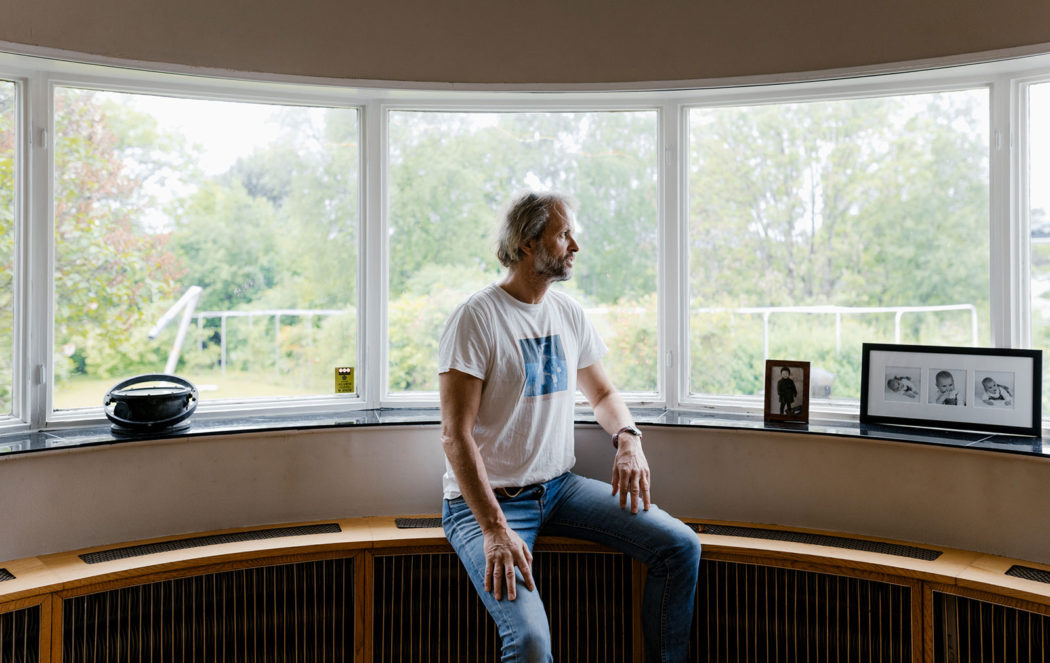
Built-in seating in Kagge’s study. Photography: Thomas Ekström
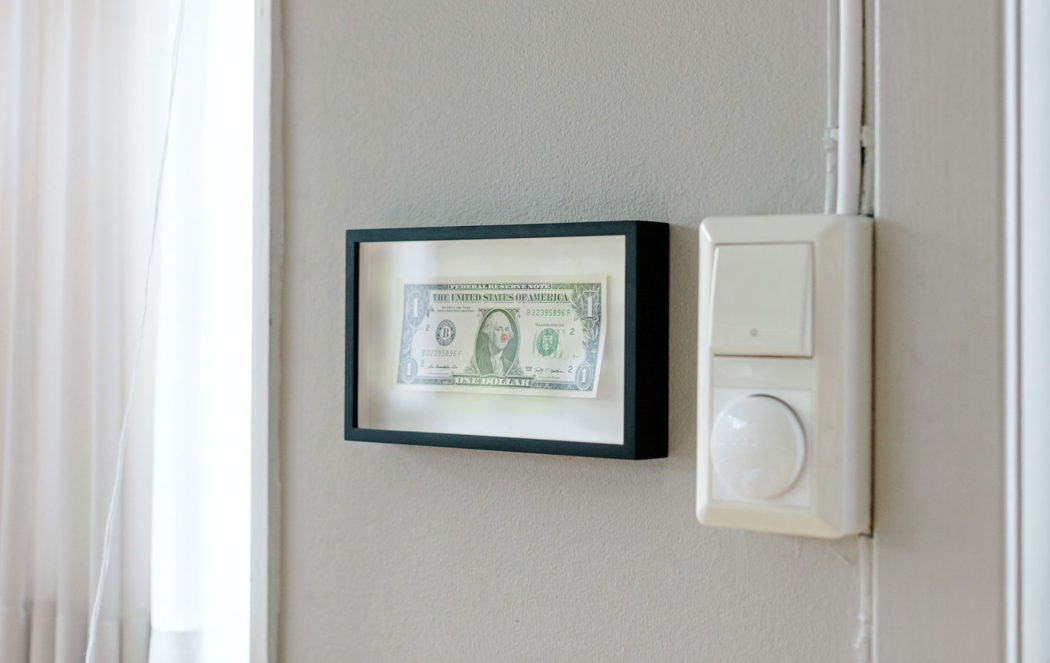
An artwork by Hans-Peter Feldmann. Photography: Thomas Ekström
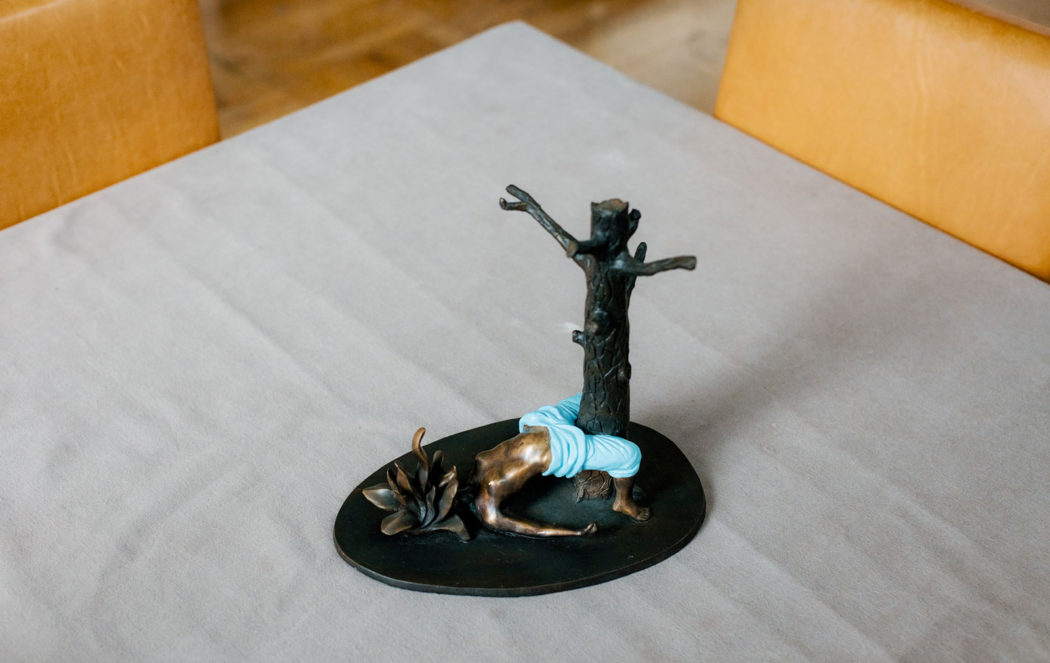
A sculpture by Fredrik Raddum. Photography: Thomas Ekström
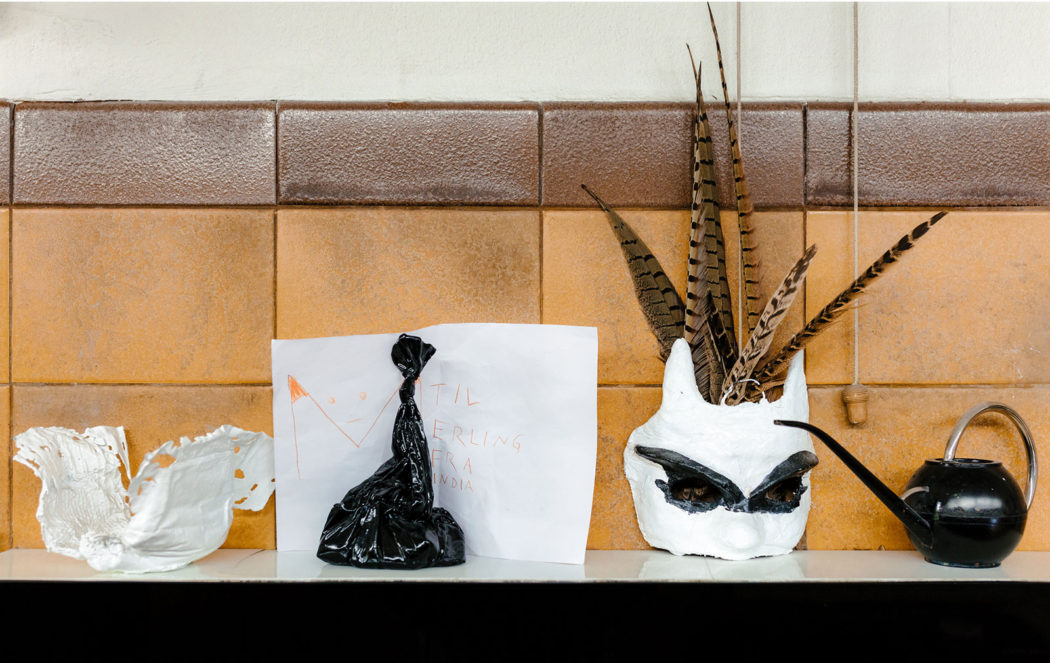
Objects and a mask made by Kagge’s children. Photography: Thomas Ekström
These professions aren’t as ‘poles apart’ as you’d think and Kagge approaches each with the same ethos. ‘I like to do things the hard way. In Norway we have this expression of “jumping the fence at its highest point,”’ he says. ‘That’s what I’m doing. I think it’s kind of the meaning of life, to learn and experience as much as possible and to fulfil your own potential. I collect with the same approach I had as an explorer.’
For a man with a burgeoning art collection, it seems poetic that Kagge would find himself living in one of Oslo’s most sculptural landmarks, Villa Dammann.
The four-bedroom home was designed by architects Arne Korsmo and Sverre Aasland in 1932, and is one of the city’s best preserved examples of Norwegian Functionalism – marked by clean lines and vibrant hits of colour.

Originally built for a wealthy merchant, Villa Dammann was custom-designed by the architects down to its furnishings, including the dining table and built-in oak desk in the office.
Kagge is the property’s third owner – he bought it from Pritzker Prize-winning architect Sverre Fehn in 1999 – and has spent around $500,000 (in today’s money) restoring the listed house, which he shares with his three daughters.
Though its bulky form and periwinkle-tawny-and-white colour scheme aren’t for everyone, for Kagge, Villa Dammann is a dream.

‘The house is a piece of art, it’s a three-dimensional sculpture,’ he says.
Other sculptures by the likes of Franz West and Mark Handforth dot the 2,500 sq m property’s grounds, while inside, Kagge’s collection of pieces hangs on its walls.
‘I like to live with the art I buy,’ he says. ‘But I’d say the only red thread [between the collection] is me. I try to collect in depth – I buy one piece by an artist, and I plan to buy more usually. I try to collect artists young and also I like to rehang my home often.’
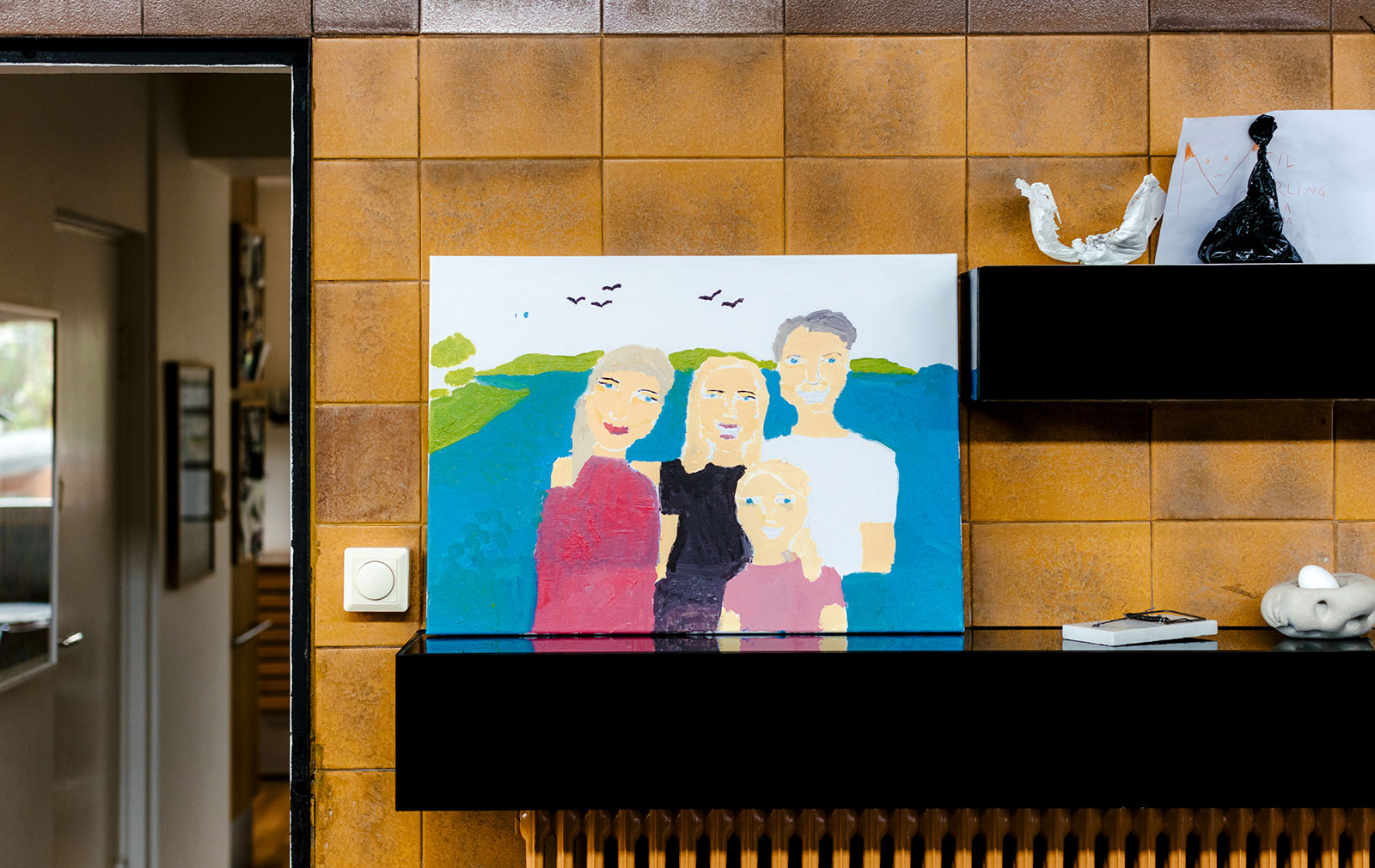
Kagge has turned his tips into a book titled, A Poor Collector’s Guide to Buying Great Art.
We spoke to him about the notions of ‘home’ and how Villa Dammann functions as more than just a domestic space…
What does a home mean to you?
Erling Kagge: It’s both a physical place and a metaphysical place to be. When I’m travelling, it’s nice to think that I have a home that I love to eventually return to.
How did you come to own a Functionalist landmark?
I’ve known about Villa Dammann since my teenage years. I read about it in the paper, saw a photo and was intrigued – but I never imagined it should come up for sale at the same time I needed a house to live in, twenty years later. My girlfriend (who was pregnant with our second child) and I just had enough money.
So I wouldn’t say I was dreaming about buying the house, but the house was a dream. That’s the only reason I bought it – because I love it.
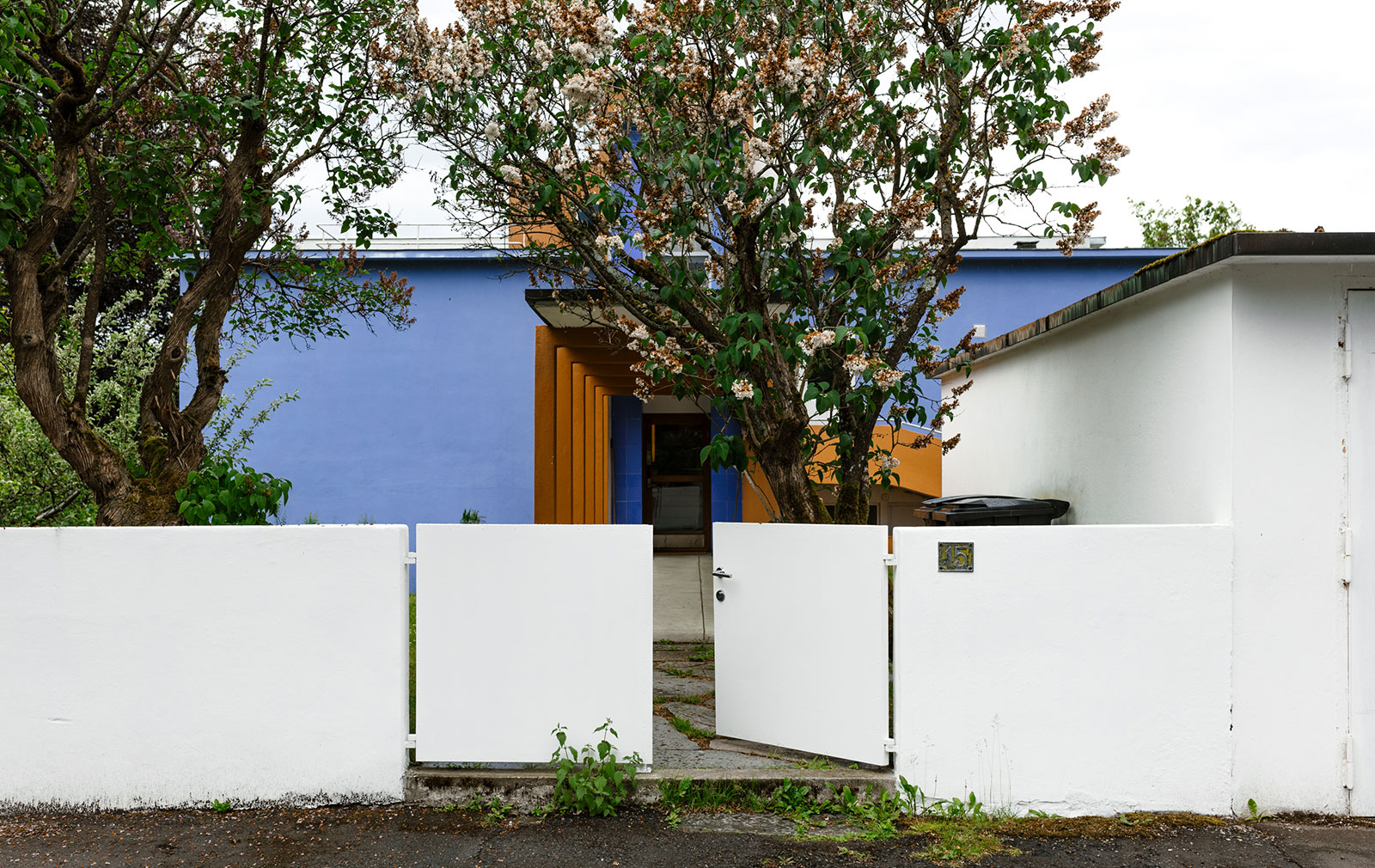
Does having a house with such a strong identity restrict the way you can use it, or make it your own?
It would be difficult if you don’t share the same value of aesthetics that come with such a house. And if you are a ‘maximalist’. But I love the original furniture and the fireplace, and the colours of the house, so I didn’t feel the need to impose my own thumbprint on it.
What space do you like best?
No particular room – but I mostly spend time in the sitting room reading. The sun rises in the east through the big window here, and as it moves around the house in the southern part, you have the light coming in from the windows up under the ceiling. Eventually, it sets in the big window to the west, which is next to the dining table. It’s like living in a sun plot.
How do you use your home?
My business life is not precious. Aside from my kids, I don’t separate my professional life and private life and art collecting. It all comes as one big thing. I use the house a lot for meetings with colleagues, and dinners and entertaining people, throwing garden parties… I love it. I prefer to be in my house when I’m entertaining.
Villa Dammann has fantastic gallery-like spaces too, doesn’t it?
Quite often when you go into a house, you see small ideas coming together but this particular house is one big idea. Everything connects. The entrance is a big space made for showing art. And at one end, there’s a dinner table and chairs made especially for the house in 1932 by the architect and you have the original fireplace – there’s a balance between that room and the office, and the entrance.
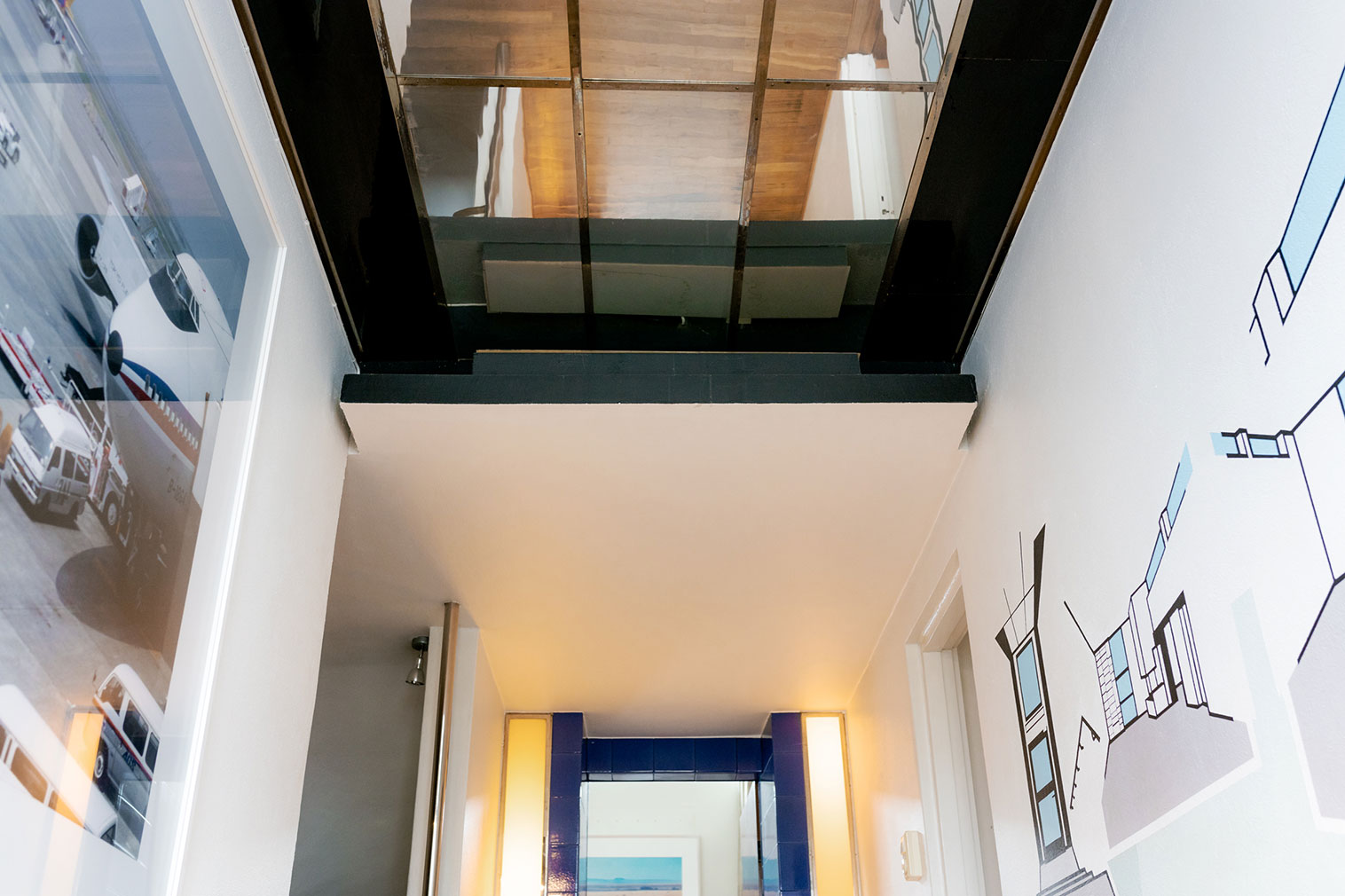
Are there any drawbacks to living in a grade-listed property?
Sometimes the government bitches a bit – but you know how it is, the dogs are barking but the caravan moves on… I can’t really complain though, they have the same goal about taking care of the house, but bureaucracy can be a bit tiring. In general though, there’s no major problems. It’s fantastic.
What 3 objects would you save in a fire?
I’d save my three daughters.
What’s your favourite thing about the house?
It’s got a great atmosphere and everything is in balance.
Erling Kagge: ‘A Poor Collector’s Guide to Buying Great Art’ is published via Gestalten.
Read next: Inside the home of Michael Landy, the artist who destroyed all his possessions.




